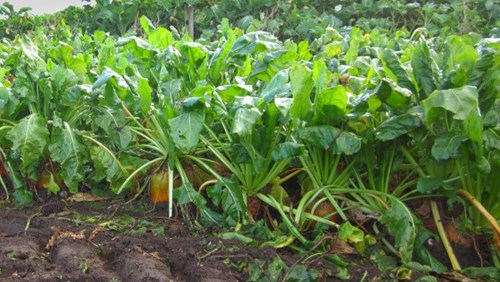Preparing a Feed Budget to Assess Your Winter Feed Requirements

This year’s spring drought has left many livestock producers short of forage. Although there is still plenty of summer in front of us, it is wise to identify any possible gaps early and make an alternative plan. Prepare a feed budget to assess what your winter feed requirements are now is essential.
Silage is the cornerstone of many winter-feeding systems, and with challenging conditions this spring, many are concerned about a shortfall of silage. A simple silage analysis can help you plan better, feed smarter, and avoid running short or overfeeding concentrates.
Getting silage analysed this autumn is more critical than ever. A key part of planning is to know how much feed is available and roughly how much you need. The number of animal feed days will depend on how wet the silage is, i.e. its dry matter (DM), and its energy content, measured as metabolisable energy (ME). DM is how much actual feed (not water) is in the silage. The target DM for clamp silage is 28-32% and 35-45% for bales.
Not all silage is the same. Two bales may look alike, but their nutritional value can be very different if cut at different times or taken from different fields. Many factors affect the quality, including the weather at cutting time, wilt time and how well it has fermented. Because of this variability, visual assessment alone is unreliable. Laboratory analysis is crucial for accurate feed budgeting.
Once you know the nutritional value of your silage, you can plan how much to feed per head per day, based on the demands of your stock. The nutritional demands vary based on several factors, including the class of animal (lactating cow, dry cow, growing heifer), age, body condition, and environmental conditions. It is essential to estimate the daily dry matter intake (DMI) for each category of cattle. Typically, cattle consume 2–3% of their body weight in dry matter each day but will vary whether dry, lactating or growing. Feed requirements should be calculated for the entire winter period. The total amount of feed needed is determined by multiplying the daily dry matter requirement by the number of days and the number of animals.
It is crucial to ensure that the ration is balanced for energy, protein, fibre, and minerals. If forage alone does not meet nutritional requirements, supplementation with grain, protein meals, or minerals may be necessary.
If you have a shortfall currently, assess changing your ration, looking to alternatives or adjusting stock numbers.
There are numerous forage crops that have a short growing period, that are ideal to sow following silage or early harvest, offering additional forage and nutrition for livestock into the autumn and early winter. The crops available include stubble turnips, forage rape and hybrid brassicas. Typically, these crops can be established from May through to September.
These crops can establish quickly in warm soil, making good use of the remaining growing season for grazing or winter feed. When choosing the forage crop to sow and suit your system, think about when you wish to graze the crop, the nutritional demands of the stock class that will graze it and determine if you require a bulky or leafy crop.
As well as offering additional forage, incorporating brassicas can benefit soil health. Their deep rooting can help to improve soil structure, water infiltration and organic matter content. Alongside a nutritionist, carry out a feed budget in preparation for winter now to give yourself more options.
5 Top Tips
- Forward planning forage supplies is crucial after the spring drought.
- Prepare a feed budget now to assess shortfalls.
- Evaluate the nutritional requirements of your stock.
- Consultant a nutritionist if you have concerns over forage quality and availability.
- Consider a summer sown forage crop.
Donna Mackenzie, Consultant, Donna.Mackenzie@sac.co.uk

Unearthed is the exclusive SAC Consulting members' monthly newsletter. Unearthed offers insights and tips from our experts on what we think is in store for farming and crofting in the coming months in order to protect and enhance your business.
Posted by Unearthed News on 16/07/2025
